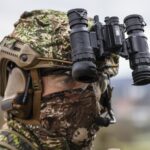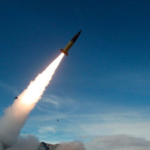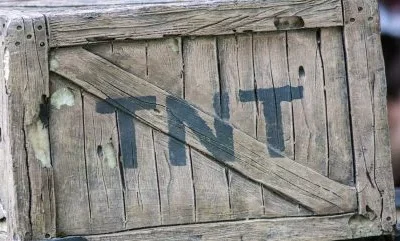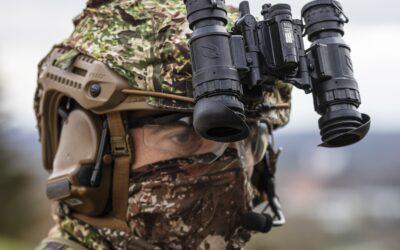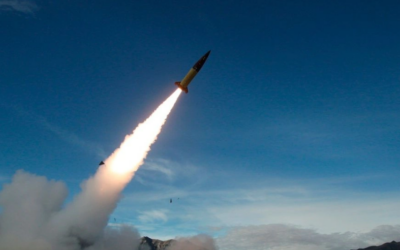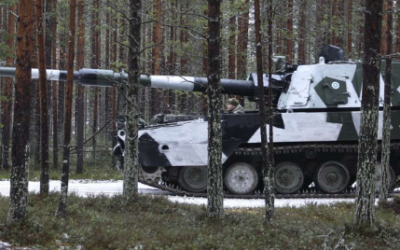As part of its quest to boost weapons production, the US Army is reestablishing TNT production on US soil, inking a deal to build out a…
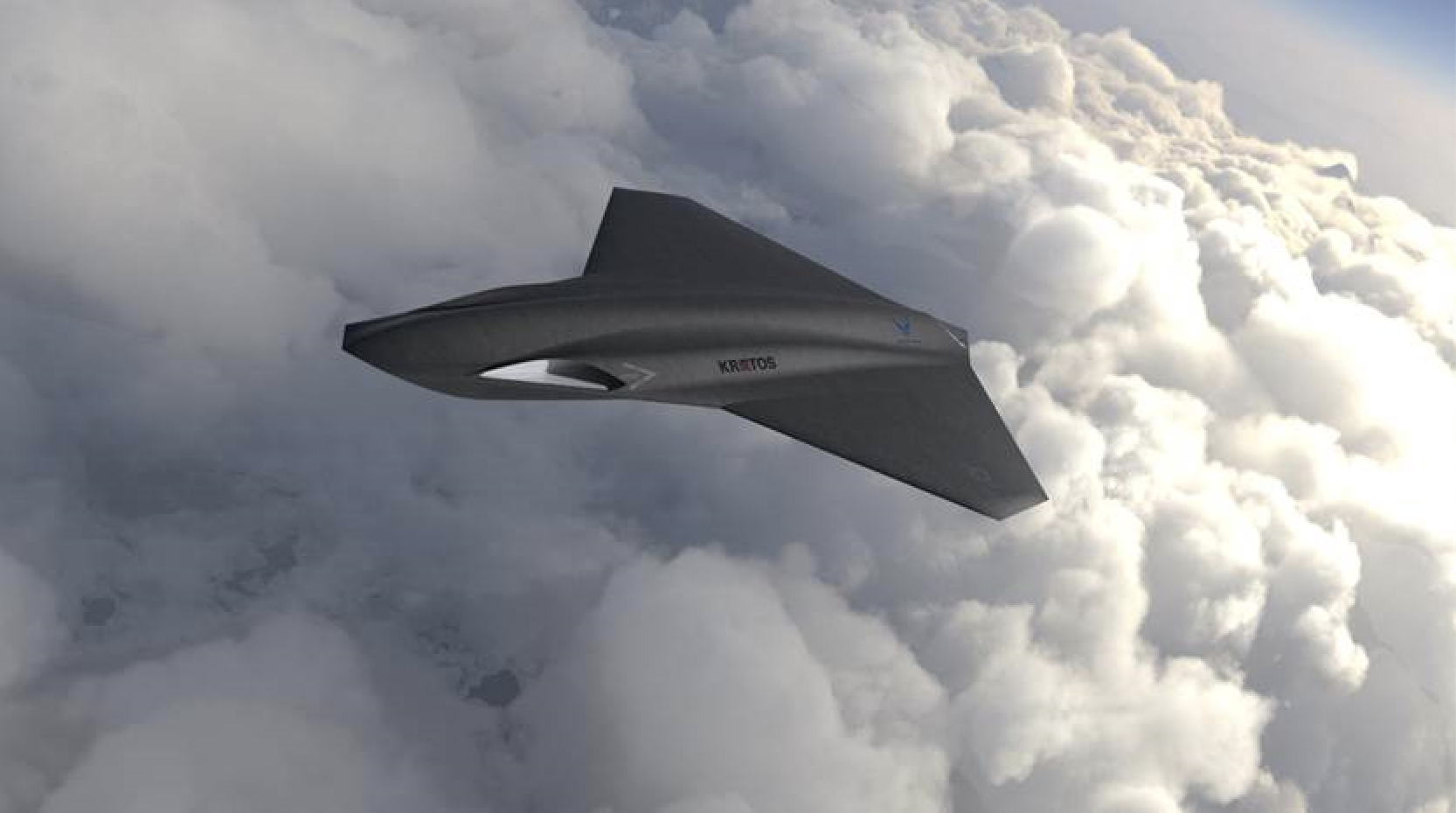
The company Kratos has provided a rendering of its Thanatos Unmanned Combat Air Vehicle (UCAV) for the first time.
The company says that it hopes to have a contract by next year related to the most advanced design the company has unveiled to date. Though the potential customer remains unnamed, the conception includes a US Air Force logo, suggesting this could be tied to the service’s Collaborative Combat Aircraft program or other advanced drone projects.
The Thanatos rendering was released the other day as part of the announcement of Kratos’ financial results for the third quarter of 2023. Thanatos was named as one of several “new program opportunities” that would require additional investment in 2024, but could then lead to significant growth from the company in 2025.
Kratos already has a diverse drone portfolio, including the stealthy XQ-58A Valkyrie, more of which you can read below.
Also read: USAF | AI-enabled XQ-58A Valkyrie completes tactical testing
Information about Thanatos, the name of a Greek mythological figure who is the personification of death, remains limited.
The rendering does show a tailless uncrewed air vehicle with a number of low-observable (stealth) elements, including a shovel nose design, deep chine line, blended and recessed inlets, and a platypus-like trailing edge extension concealing a recessed exhaust.
A tail design like this helps significantly reduce an aircraft’s infrared signature on top of its Radio Cross Section (RCS) stealth features. Thanatos also has diamond-shaped wings, which can offer reduced drag at high subsonic and supersonic speeds.
Altogether, Thanatos is by far the most advanced UCAV concept ever publicly put forward by Kratos, which started out making target drones for use in test and training as well as research and development activities.
The US Air Force is very actively pursuing a future fleet of advanced drones with high degrees of autonomy intended, at least at first, to primarily operate in close cooperation with crewed combat jets as part of its Collaborative Combat Aircraft (CCA) program.
The service has defined three key mission areas:
- Serving as weapon trucks loaded with air-to-air missiles to support crewed fighters
- Acting as additional sensing nodes
- Providing electronic warfare capabilities.
CCAs, or variants or derivatives thereof, could eventually take on other missions and work with a broader array of crewed platforms, including B-21 Raider stealth bombers, as well as operate on their own.
The US Air Force is still refining its CCA requirements and its vision for how it will employ these uncrewed aircraft, but has already said that it wants to acquire at least 1,000 of them, if not many more.
The 1,000-drone figure was based on a concept of operations that would see two CCAs paired with each of 200 new sixth-generation crewed stealth combat jets and 300 F-35A Joint Strike Fighters. The CCA effort and the sixth-generation stealth jet project are both part of the US Air Force’s Next-Generation Air Dominance (NGAD) initiative.
All the above are in line with Kratos’ comments so far that the stealth-designed Thanatos is aimed at an opportunity in the coming year that could potentially begin to bear real fruit financially the year after. Competition over CCA program contracts is expected to be fierce and many companies – both large and small – are already preparing their own proposals.
Also read: LOTUS | Next generation UAVs from the Greek IDE for effective border surveillance
READ MORE
Ticonderoga | The US Navy is extending the operational life of three cruisers
The US Navy has announced that it is extending the operational life of three Ticonderoga-class cruisers. The decision will…
Sea Warden | MBDA’s system to counter unmanned threats at EURONAVAL 2024
At the EURONAVALl 2024 exhibition, MBDA presented Sea Warden, a modular anti-drone system adapted to the naval environment that integrates…
THEON International | New orders amounting to €74 million having already exceeded €150 million in the 4th trimester
THEON INTERNATIONAL PLC (THEON) announced additional orders for the month of November. As a result of the…
UN | Iran has increased uranium enrichment to near weapons-grade levels
Iran has further increased its stockpile of uranium enriched to near weapons-grade levels, defying international pressure, according to…
Brazil | Arrests of military and police officers for plotting the assassination of President Lula
Brazilian police have arrested five officers accused of plotting a coup which included plans to overthrow the government following the…
Sweden | Leaflets with survival instructions in the midst of the Ukrainian crisis
Sweden started sending out five million leaflets to the country’s residents yesterday, urging them to prepare for a possible conflict…
Ukraine | The first ATACMS strike on Russian soil took place
The Ukrainian armed forces carried out their first strike on a border area within Russian territory with an ATACMS missile.
Finland | The first major NATO artillery exercise on its territory
The exercise is taking place in northern Lapland and is part of wider artillery exercises, which have been dubbed ‘Dynamic Front 25…









